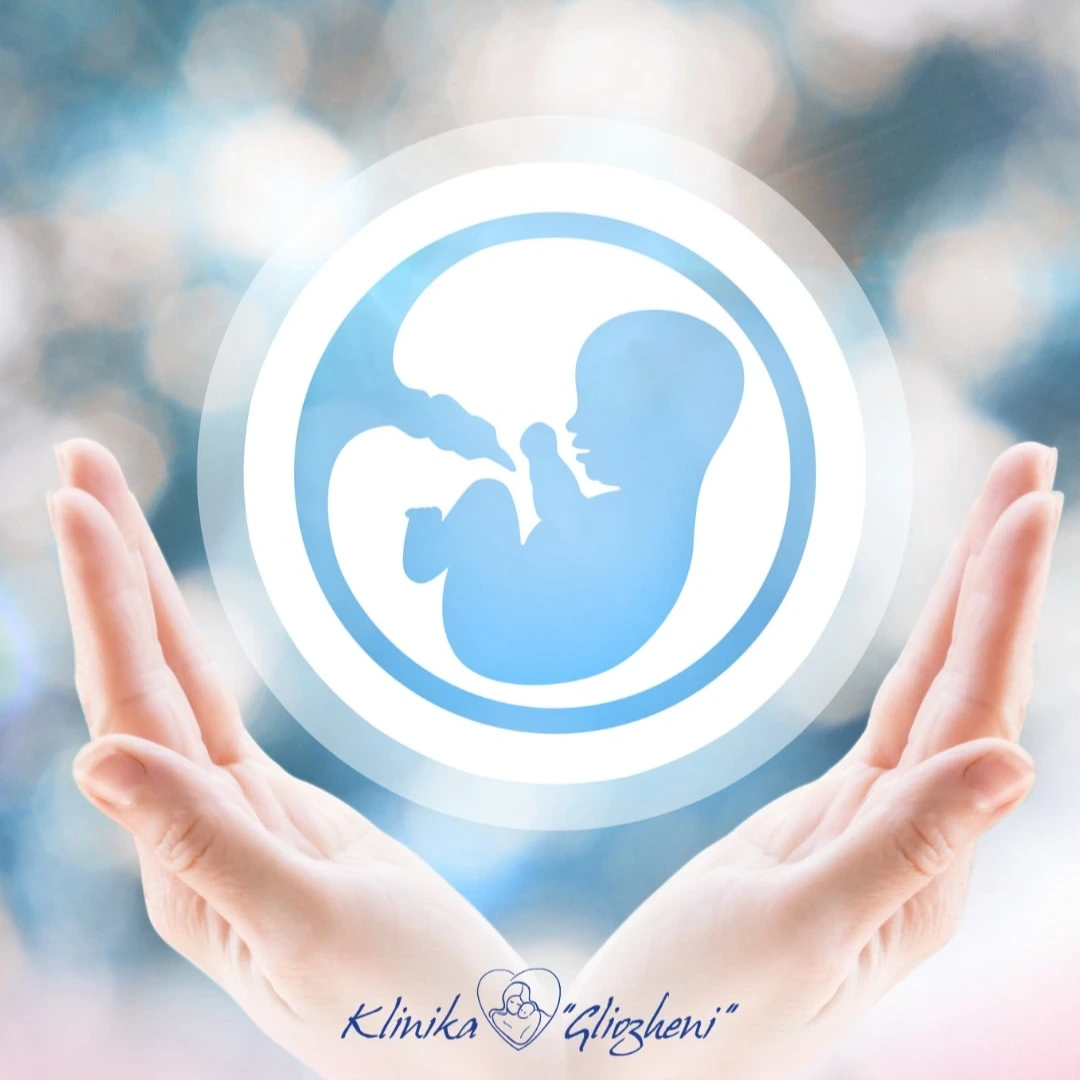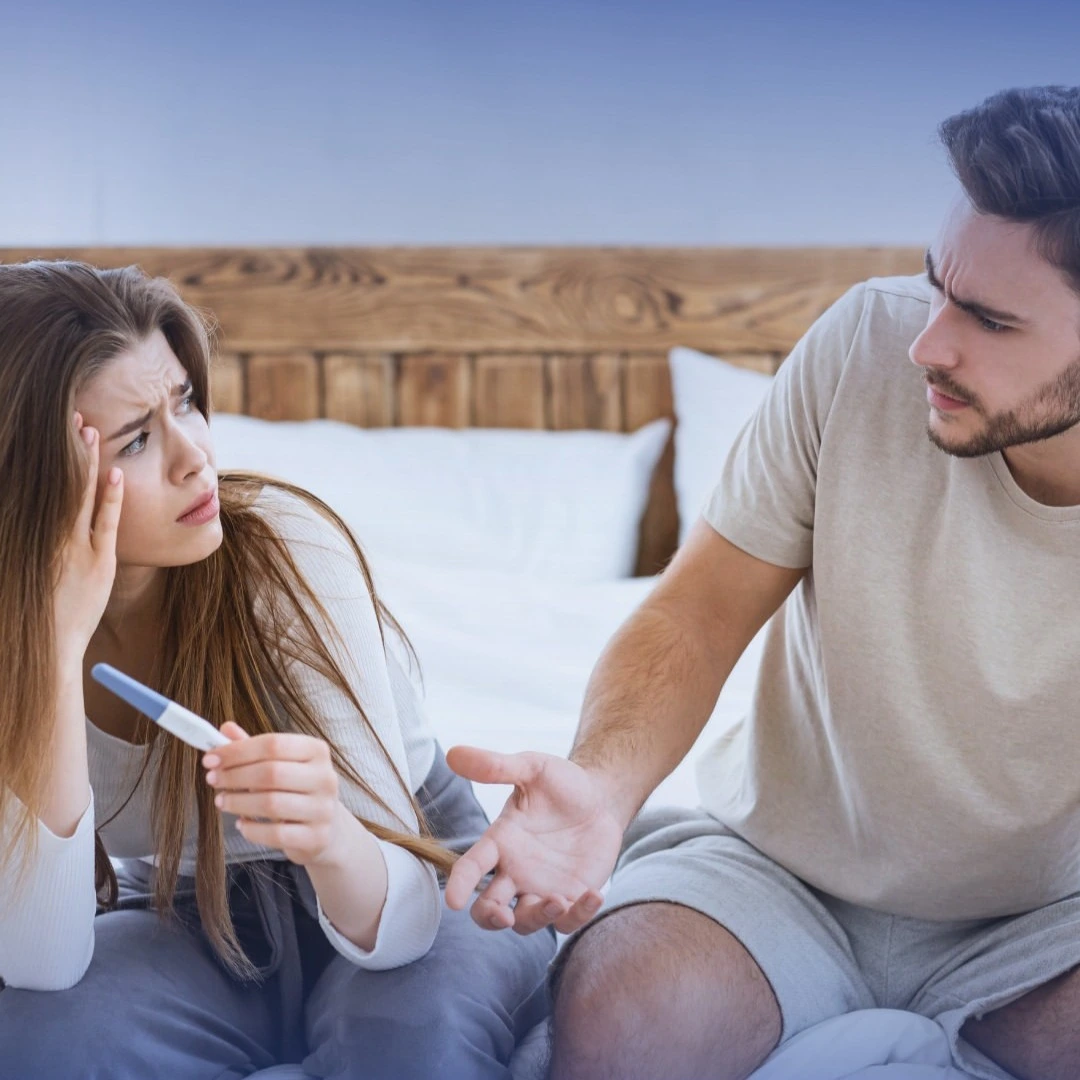The desire to become a mother is a deep and beautiful feeling, but the journey to get there can be full of questions and emotional highs and lows. If you are trying to get pregnant, there is surely one question that spins in your mind more than anything else: “When am I fertile?”. In our modern world, we are used to trusting apps and digital calendars to predict these crucial days. While helpful, they often rely on algorithms based on averages, which may not reflect your unique cycle. But did you know that your body speaks a much more accurate and personal language? It gives you clear signals every month. Learning to decipher these natural signs of ovulation is like discovering a secret, a key that turns uncertainty into confidence and empowers you to find your perfect moment.
At the Gliozheni clinic, we want to empower you with the right knowledge to take control of your reproductive health. This article will explain in detail the primary and secondary physical signs of ovulation, helping you become an expert in your own fertility.
What are the main signs of Ovulation?
Ovulation is the main event of your menstrual cycle, the moment when an ovary releases a mature egg, making it available for fertilization. This typically happens once per cycle, approximately 12-16 days before your next period begins, and it opens your “fertile window”—the few days when intercourse can lead to pregnancy. While the timing can vary, your body provides several clues that this event is approaching.
Primary Fertility Sign: Cervical Mucus
The most universal, clear, and reliable real-time indicator that your body is approaching ovulation is the change in the texture, color, and amount of your cervical mucus.
The mucus produced by your cervix is an essential element for fertility. For most of the month, it is thick, creamy, or sticky, and acts as a protective barrier to the uterus. But as you approach ovulation, the rising estrogen levels work their magic and transform it into the perfect medium to facilitate pregnancy. Observing these changes is like having an internal fertility calendar.
Here’s how it changes step by step:
- After menstruation (non-fertile): You’ll likely experience “dry days” with very little or no mucus.
- Before Ovulation (fertility is increasing): As estrogen rises, you will notice an increase in quantity. The mucus may be white, cloudy, creamy, or sticky to the touch.
- During Ovulation (MOST FERTILE DAYS): This is the signal you’ve been waiting for! The mucus becomes abundant, transparent, slippery, and very elastic. Many women describe it as having the consistency of raw egg white. If you take it between your fingers, it will stretch an inch or more without breaking. This perfect consistency protects sperm from the acidic environment of the vagina and helps them move easily towards the egg. This is your golden signal that you are in your most fertile days.
- After Ovulation (non-fertile): Once ovulation occurs, progesterone levels rise, and the mucus quickly returns to its thick, sticky, or creamy form, or it may disappear completely. This signals that the fertile window has closed for this cycle.
Secondary Fertility Signs to Watch For
While cervical mucus is the most direct predictor, other signs can help you confirm your observations:
- Basal Body Temperature (BBT): Your BBT is your lowest body temperature in a 24-hour period. By taking your temperature with a sensitive basal thermometer every morning before getting out of bed, you can notice a sustained temperature increase of about 0.5°F (0.3°C) the day after ovulation. This shift confirms that ovulation has already occurred and can help you understand your cycle’s pattern over time.
- Cervical Position: Your cervix also changes. In your non-fertile days, it will feel low, firm (like the tip of your nose), and closed. As you approach ovulation, it becomes high, soft (like your lips), open, and wet to allow sperm to enter.
- Mild Pelvic Pain: Some women may notice slight signs like a minor, one-sided ache or cramp in the lower abdomen (called “mittelschmerz,” German for “middle pain”). This is thought to be the sensation of the follicle rupturing to release the egg.
- Increased Libido: It’s common to experience an increased sexual desire in the days leading up to ovulation—your body’s natural way of encouraging conception.
When should you seek professional help?
Observing these signs is an excellent way to understand your body. But what happens if your cycles are very irregular, or you never notice fertile-quality cervical mucus? Or if your discharge has an unusual color or smell?
These could be signs of a hormonal imbalance, an infection, or other factors that could affect your fertility. Trying to get pregnant can be frustrating when your body isn’t giving clear signals. If you have been trying to conceive for over a year (or six months if you are over 35) without success, it may be time to seek guidance.
This is where medical expertise comes in. At the Gliozheni clinic, we don’t leave you guessing. Our specialists can perform a full evaluation, including ultrasound monitoring of follicles (folliculometry) and hormonal analyses, to understand exactly what is happening and to create a personalized plan for you.
Don’t let uncertainty hold you back. The first step towards your dream is becoming informed, and the second step is having the right medical partner by your side.







